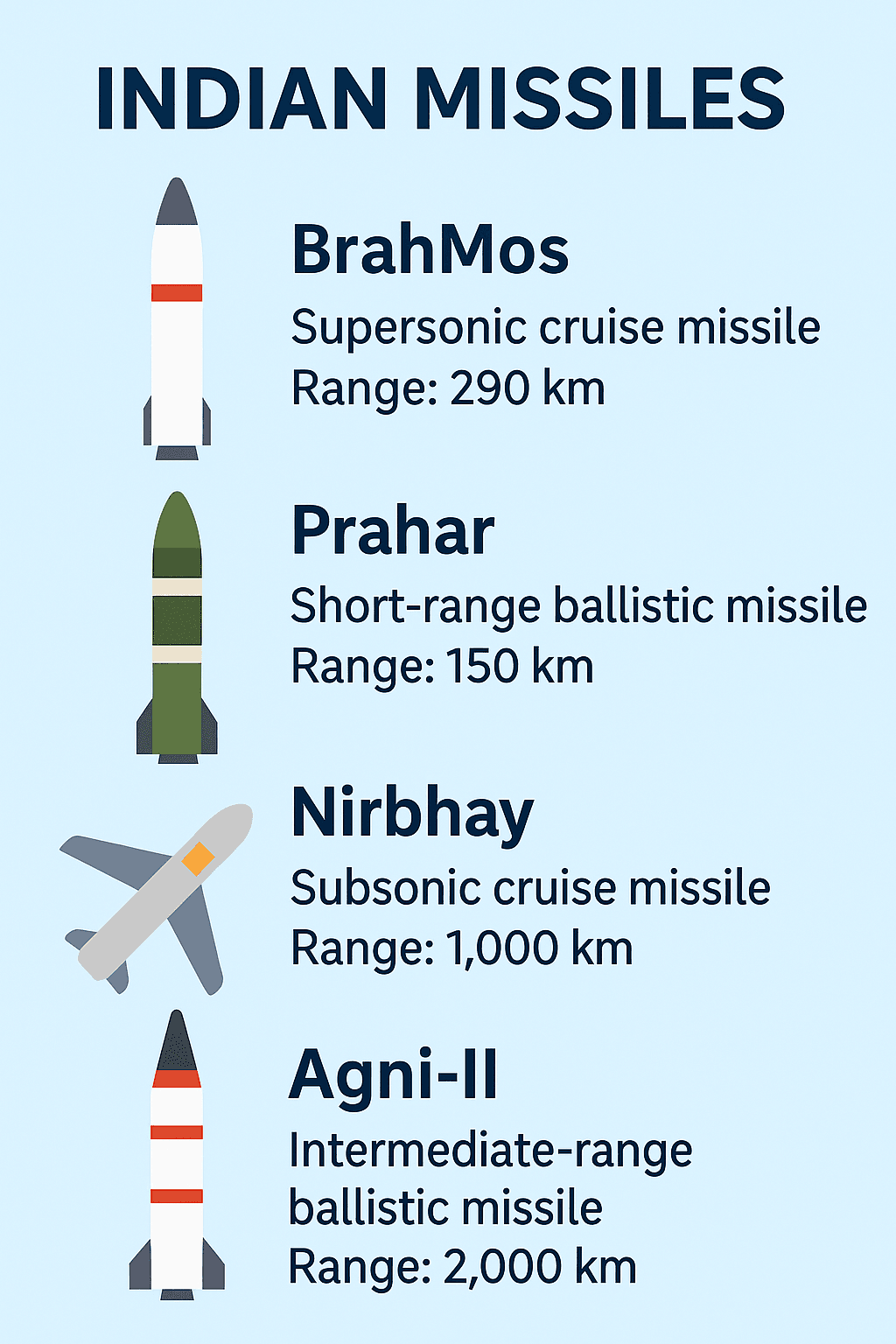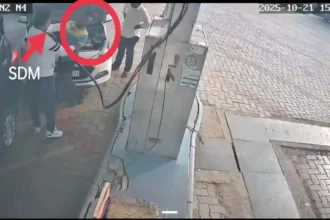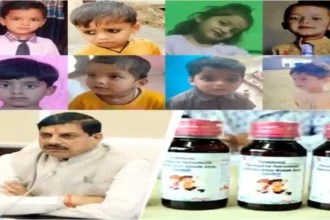Introduction
In recent years, India’s legal and social frameworks—designed to protect women—have in practice created new vulnerabilities for men. False accusations under gender-specific statutes, societal stigma, extremist online rhetoric, and lack of support systems have combined to make many men’s lives a living hell. This comprehensive report uses official data, landmark case studies, and social-media analysis to illuminate the scale and depth of the problem.
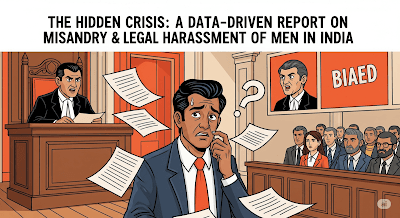
1. Gender-Specific Statutes & Misuse
The following laws, while vital for women’s safety, are frequently misapplied against men:
| Law/Section | Purpose | Key Misuse Metrics |
|---|---|---|
| Section 498A IPC | Cruelty by husband/relatives | 2012: 200,000 arrests Conviction rate: 15% |
| Section 304B IPC | Dowry‐related death | 44% cases later found unjustified Married men’s suicide rate ×2 |
| Section 375 IPC | Rape (female victims only) | No recourse for male/LGBTQ+ victims 2015 boy‐victim case dismissed |
| Domestic Violence Act (2005) | Protection from domestic abuse | 2020 lockdown: 1,774 men reported abuse No legal shelter or helpline |
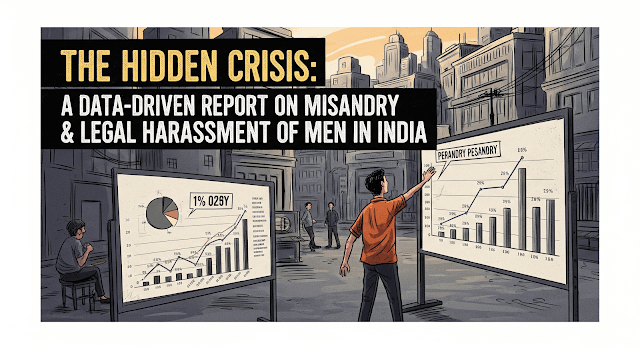
2. Landmark False-Accusation Cases
- Nisha Sharma Dowry Extortion (2003): Celebrated her husband’s fatal car crash, then accused in-laws under 304B. Supreme Court quashed charges as “extortion by threat.”
- Delhi Tech Entrepreneur (2024): Falsely charged under 376 IPC, spent 6 years fighting charges before full acquittal—lost his startup and reputation (Times of India, Mar 2024).
- POCSO Boy Victim (2015): 16-year-old assaulted by adult woman; case dismissed due to gender-exclusive rape law.
- No trial. No conviction Needed to send men in jail.
- Every failed Relationships became a ground to send Indian men in Jail.
- People lie. People hurt each other.
- But if every broken promise becomes an FIR, every man is one heartbreak away from jail.
3. Psychological & Societal Impact
| Metric | Men | Women |
|---|---|---|
| Suicides (NCRB 2018) | 64,791 (married) | 27,742 (married) |
| National Suicide Rate | 70% of total | 30% of total |
| Domestic Abuse Reports (2020 lockdown) | 1,774 men (SIFF) | — |
High male suicide rates correlate with family/legal stress. Cultural norms forbid emotional expression, leaving men isolated and unsupported.

4. Extremist Online Rhetoric & Misandry
Social platforms have seen violent calls against men, often unchecked by authorities:
“They should’ve killed at least 500 Indian men.”
— Viral post by an Indian woman after the Pahalgam attack, April 2025
No FIRs or takedowns followed despite hate-speech and calls for mass violence.
Feminists and Terrorists are really out here collaborating like it’s a group project.
Example👇 please add more in replies.#Pahalgam #PahalgamTerrorAttack #pahalgamattack pic.twitter.com/xhcpVeQLmO
— Parihar HIMANSHU Singh🦅 (@King_himanshu08) April 25, 2025
5. Media Coverage & Narrative Bias
- Major outlets (The Print, The Quint) rarely cover male-victim stories.
- 2025 proposal for gender-neutral workplace harassment met fierce opposition from feminist groups (Hindustan Times, Apr 2025).
- Men’s Rights India (YouTube) grew to 500K+ subscribers by May 2025, reflecting demand for male-centric advocacy.
6. Voices from the Frontlines
- DeepikaBhardwaj (Apr 7, 2025): Highlighted rising suicides among high-earning men—“Who speaks for them?”
- realsiff (Feb 28, 2025): Reported 90,000 married men suicides vs. 28,000 women.
- ShoneeKapoor (May 26, 2025): “498A misuse is legal terrorism—politicians remain silent.”
7. Economic & Legal Costs
- Average legal fees in false-498A cases: ₹300,000+.
- Maintenance orders: ₹50,000–100,000/month despite acquittal.
- Bankruptcy filings by men rose 18% in 2024 due to legal/maintenance burdens.
8. Recommendations
- Gender-Neutral Laws: Amend Sections 375, 498A, 304B, Domestic Violence Act.
- False-Complaint Penalties: Minimum 2 years imprisonment & heavy fines.
- National Commission for Men: Mirror the Women’s Commission to study and address men’s issues.
- Helplines & Shelters: Establish government-funded support services for male victims.
- Judicial Training: Sensitize police and judges to gender-impartial investigation and bail norms.
Conclusion
India’s quest for gender justice cannot ignore half its population. When protections for one gender translate into persecution of the other, society suffers. Fair, data-driven reforms and balanced narratives are essential to end this hidden crisis and ensure justice for all.





